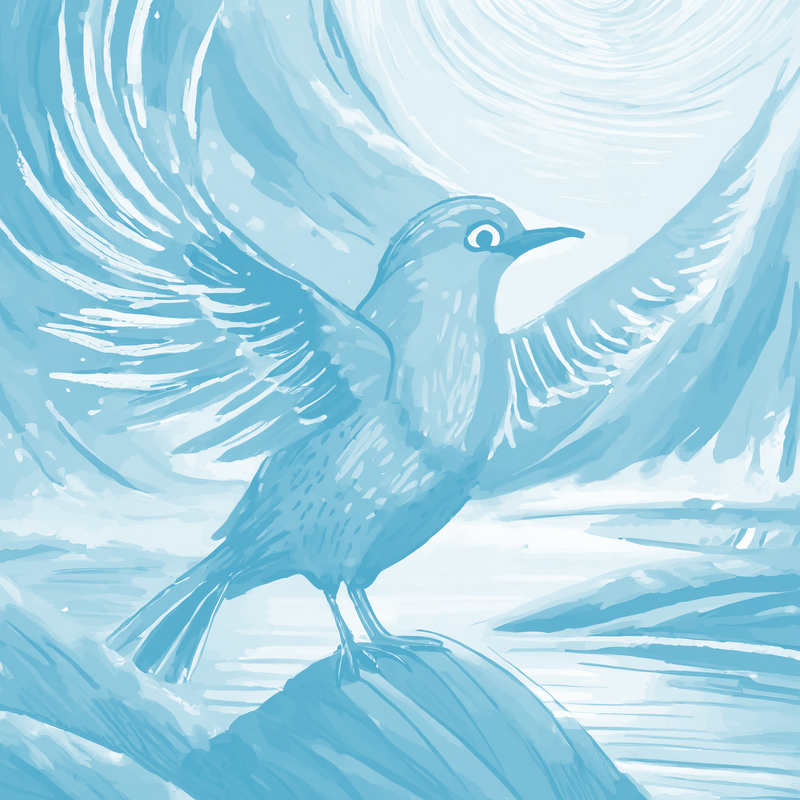
My Pets Supply has now ceased trading.
Please email orders@mypetssupply.co.uk if you have any questions.
Buy direct
Call of Nature www.callofnature.co.uk
Extra Select www.extraselect.co.uk
Lovejoys www.lovejoyspetfood.co.uk
